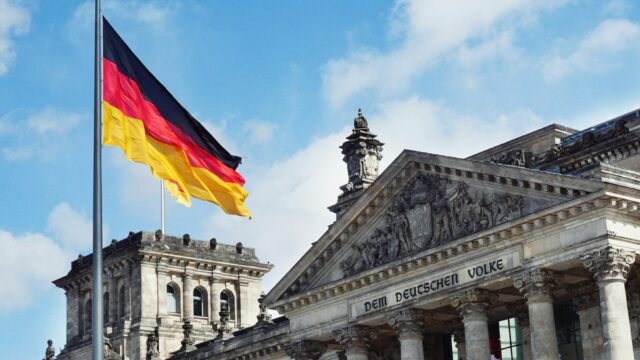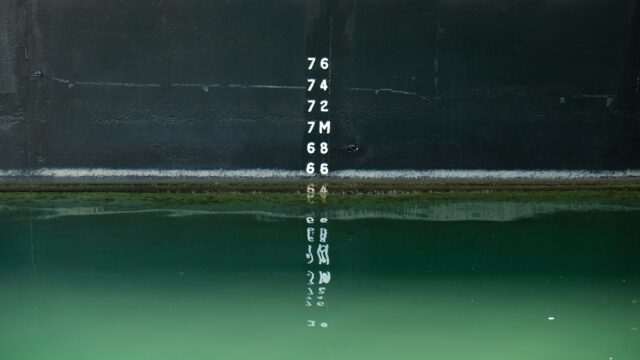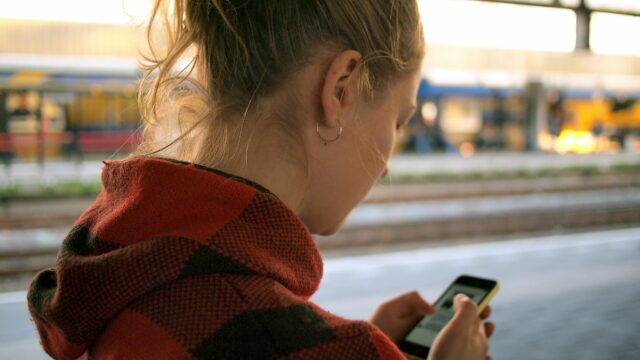
For the last 2 years, One Planet Economy Network EU project (OPEN EU) has been tackling exactly these questions. Amongst our 8 partners, we gathered evidence, formulated a software tool design and held network dialogue activities to facilitate responsible decisions at national and EU government level. For the first time, we used a Footprint Family of indicators at a national level to complementarily track human pressure on the planet and find ways to reduce it.
This is how it works:
Step 1: Building the model.
To measure the EU’s progress toward the goal of a One Planet Economy, the project team brought together a set of three Footprint indicators:
- Ecological
- Carbon
- Water
We then combined the footprint family of indicators with an economic model, to integrate environmental pressures that arise through multi-regional production and supply chain processes to its final demand products. This model came to be known as an Environmentally Extended Multi-Region Input-Output model, or EE-MRIO.
Step 2: Devising the tool.
Based on the model, we developed the EUREAPA tool (EU Resource and Energy Analysis Programme Application) as an interface to give users access to the rich data and analytical capabilities provided by the model. It is freely available online and aimed at EU and national government policy makers, CSOs and academics.
EUREAPA provides detailed footprint data across several key policy areas such as agriculture, climate and energy, sustainable consumption and production, transport and water. It also covers a number of regions and allows scenario functionality.
However, data and tools alone are not enough to create a transformation to a One Planet Economy. People are needed to make the changes.
Step 3: Starting the dialogue.
OPEN then invited policy makers, civil society organisations and research institutes to share ideas, prioritise actions and explore possible policy scenarios to a One Planet Economy. Stakeholders designed 4 alternative (albeit not necessarily ideal) scenarios to support policy makers in thinking about the policy effort, which is needed to transform Europe into a One Planet Economy by 2050.
With the help of our tools, the four OPEN scenarios were quantified to see the influence of different policy approaches on the EU’s carbon, ecological and water footprints and identify the most influential policies.
Step 4: Drawing the conclusions.
The results make sombre reading:
- No scenario was able to achieve suffiient reduction to achieve footprints within the illustrative environmental limits. This challenges the fundamental assumption that we can continue to grow our economies and indicidual expenditure while reducing environmental impacts to within the limits of a One Planet Economy.
- Decarbonisation of the electricity supply is an essential part of the policy mix but it alone is not enough to achieve the reductions required for a One Planet Economy. Decarbonisation of the electricity supply must be supplemented by production efficiency and resource sufficiency measures.
- It is important to consider the impact embedded in goods and services that are imported to the EU. An early iteration of the quantification exercise, where no changes were made to efficiency outside the EU, resulted in footprints that were twice as large as the final results. Only when the efficiency of industry and energy outside the EU was improved did the footprint approach the environmental limits in any of the scenarios.
- We conclude: we are all in this together and simply working on a domestic approach is not enough.
OPEN participants thus generated an OPEN EU Action Plan which lists priority actions for the EU and its national governments to stimulate the transition to a One Planet Economy by 2050. Incidentally, these actions reflect the very priorities identified for RIO +20, including governance, measurement, investment and environmental limits.
Step 5: Stimulate the debate.
By developing indicators that can monitor some elements of sustainable development and inform policy implementation, we have made the transition to a One Planet Economy feasible. It is now up to governments to implement these actions. And it is up to us all to stimulate debate and action at a global level.
Rachel Brown


